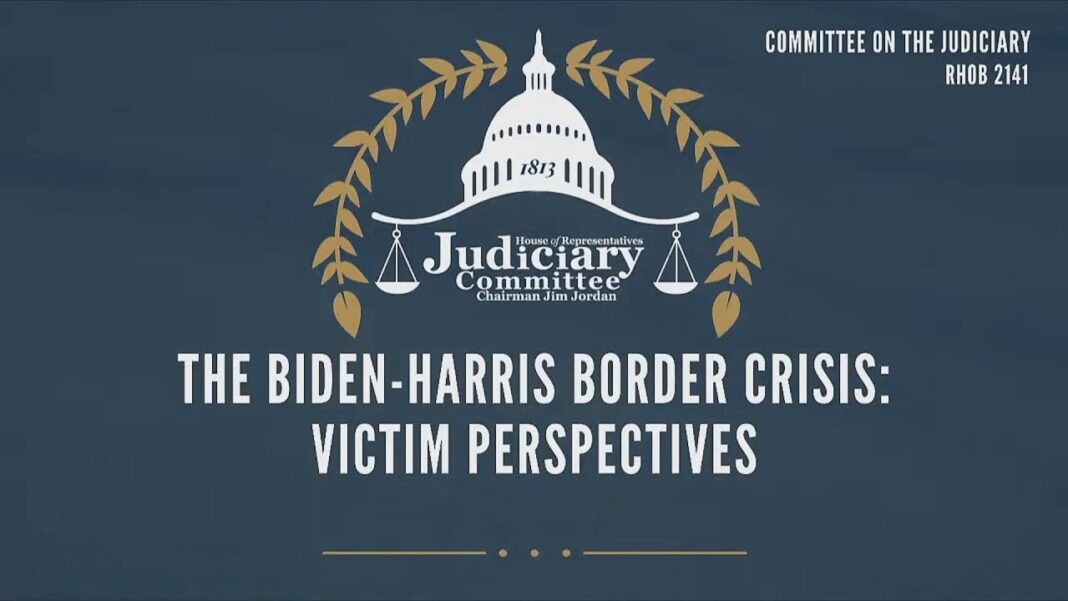Once upon a time across our pigskin plain, college football rosters operated on a much simpler playbook and timeline. The senior class either graduated or a player’s athletic eligibility had simply run out.
In most cases, 25 roster spots opened in any given year and were filled with the incoming freshman class that was comprised of high school graduates and their combined verbal/math 700-SAT score.
Rhodes Scholarship candidates they are not.
Recruiting was focused solely on high school players. Numerous publications – many now long departed – would rank these players and the university teams they hoped to suit up and play for. Now this annual ranking has taken on even more polling given that the transfer portal opens twice a year creating its own recruiting vortex upon the college football landscape.
Combine the transfer portal with the now ubiquitous NIL, short for Name, Image and Likeness dollars, you need the latest computer software to keep track of all the offseason roster changes that seem to transpire on an almost daily basis.
With Penn State’s home opener against a tenacious Bowling Green squad that allowed the Nittany Lions to escape with a 34-27 victory, a comparison of last year’s final home game flip card roster provided to the media by PSU’s athletic communication office revealed how this year’s opener saw 42 lettermen had returned while 18 were gone including 12 starters. New additions included seven players from the transfer portal who had starting experience with Julian Fleming of Ohio State by way of Southern Columbia being one of them. The Nittany Lions also welcomed 32 incoming freshmen and invited walk-ons that PSU labels run-ons and another eight players that arrived via the transfer portal hoping to find a role in Happy Valley.
NFL hall of famer and now head college football coach Deion Sanders built an almost entirely new Colorado University football roster through the transfer portal last year in his debut season. That has not changed as Sanders continues to overhaul his roster in his second year in Boulder. The university has a website visited by tens of thousands that tracks the roster changes by the minute like a stock market ticker.
Between unprecedented conference realignments, the transfer portal, historic media broadcast deals worth billions, the expanding college playoff, the wild, untamed world of NIL, and the ever-growing high stakes of positioning one’s schedule (Penn State is already in a bye week even though it is week three of the season), this is not your daddy’s typical college football team and season.
Nor will it ever be again.
The game and its approach are strictly a business proposition. The money trail is flooded with revenue streams that keep many collegiate athletic programs’ afloat.
At Penn State’s recent media day last month, I asked Special Teams Coordinator Justin Lustig if one of the most beloved storylines in the sport – the walk-on – was still a relevant part of any Division I program. He agreed it was but players today are invited by the coaching staff and are known quantities unlike before when virtual unknowns populated the ranks of the walk-on.
Talk persists that the NCAA is considering putting the brakes with establishing football roster limits that would reduce the number of players on a team from 120 to between 85-95, according to Yahoo Sports. College teams are only allowed a maximum of 85 scholarship players on a roster, which could then jeopardize any room for walk-ons.
There have been plenty of standout players who have once begun their collegiate playing careers as walk-ons. J.J. Watt went from a walk-on at Wisconsin to a future Hall-of-Fame NFL talent. Baker Mayfield was a walk-on at Texas Tech to a Heisman Trophy winner at Oklahoma and eventual No. 1 pick. Stetson Bennett walked on at hometown Georgia and took the Bulldogs to back-to-back national championships.
There are other potential roster changes that could come about as result of this proposal. The roster changes are part of an overhaul of the NCAA that could eventually see colleges paying millions to players yearly.
It sounds absurd but so is a bye week by the third game of the season.







